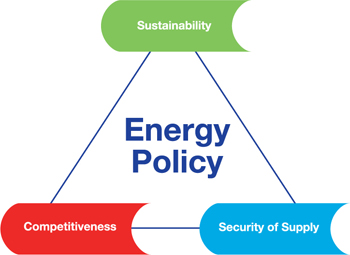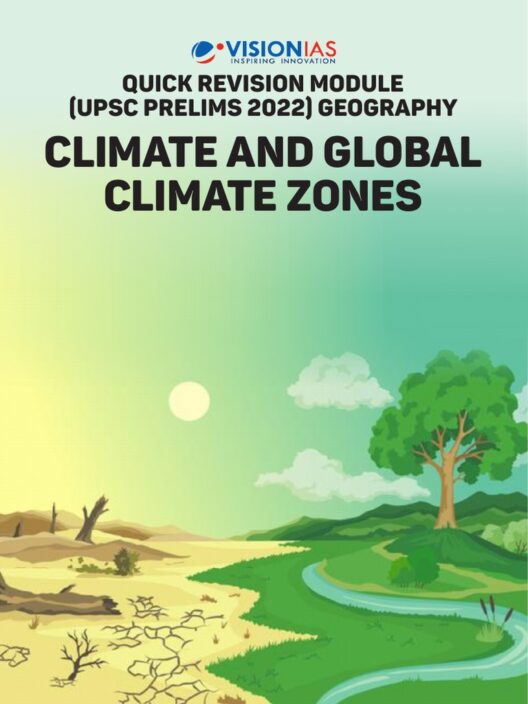As the specter of climate change looms ever larger over the globe, the urgency to implement robust energy conservation policies becomes progressively apparent. Governments hold a pivotal role in steering the public and private sectors towards a more sustainable energy paradigm. Energy conservation extends beyond mere efficiency; it encapsulates a holistic approach towards our current energy consumption habits, transforming policy into a catalyst for this necessary shift. This exploration seeks to illuminate various strategies by which governments can advocate for energy conservation through innovative, stringent, and synergistic policy initiatives.
First and foremost, governments can instigate energy conservation by enacting rigorous legislation that compels entities to reduce energy consumption. Mandated energy audits for large corporations can serve as a foundational step, ensuring that businesses assess their energy use comprehensively. Such audits should culminate in actionable recommendations that encourage companies to implement energy-efficient technologies. Furthermore, governments can implement stringent efficiency standards for appliances and industrial equipment. By establishing benchmarks that exceed current norms, businesses are driven to innovate, potentially leading to a plethora of environmentally-friendly products that contribute to a culture of conservation.
In tandem with legislation, incentive programs can significantly bolster energy conservation efforts. Tax credits, rebates, and grants can motivate both individuals and businesses to invest in energy-efficient technologies. For example, homeowners could receive financial incentives for installing solar panels or energy-efficient HVAC systems. In the commercial sector, businesses that exceed energy efficiency benchmarks could receive tax breaks or reduced utility rates. Such policies not only catalyze immediate reductions in energy use but instill a long-term commitment to sustainable practices.
Another cornerstone of effective energy conservation policy is the promotion of public awareness campaigns. Governments should leverage mass media, community programs, and educational institutions to disseminate information about the importance of energy conservation. Engaging the public through multimedia campaigns can demystify energy consumption and highlight tangible actions individuals can take, such as reducing energy wastage in their daily lives. By fostering a culture of conservation at the grassroots level, policies gain traction and evolve into collective action.
Moreover, integrating energy conservation strategies into urban planning policies is crucial. As cities are responsible for a significant portion of energy consumption, local governments must assess and redesign urban environments to prioritize energy efficiency. This can include the development of smart cities equipped with technology that optimizes energy use, the revision of zoning laws to encourage mixed-use developments, and the implementation of public transport systems to reduce reliance on individual car usage. Thoughtful urban planning can create spaces that inherently promote energy conservation.
Furthermore, governments can enhance energy conservation efforts by fostering collaborations between sectors. Public-private partnerships can pioneer innovative solutions for energy conservation. For instance, envelope agreements between governments and energy service companies can facilitate the implementation of energy-efficiency retrofits in public buildings. Such alliances can enable shared responsibility and resources, thus amplifying the scope and impact of energy conservation initiatives.
To complement these strategies, financing mechanisms warrant consideration. Green financing options—including green bonds, loans, and public finance initiatives—can provide the necessary capital to support energy conservation projects. Governments can establish funds dedicated to financing energy-efficient upgrades in homes, businesses, and public infrastructure. By lowering the financial barriers that often impede investment in energy efficiency, these initiatives can stimulate a sustainable economic model.
Regulatory frameworks are essential, but they must be paired with accountability measures to ensure compliance and progress. Setting forth stringent reporting and compliance requirements for energy usage can create a culture of transparency. Regular audits and assessments should be mandated, enabling governmental agencies to track progress against established energy conservation goals. Failure to meet these benchmarks could result in financial penalties or other repercussions. This fosters a sense of responsibility among businesses and consumers alike.
Additionally, integrating technological advances into energy conservation policy is pivotal. The advent of smart grid technology and the Internet of Things (IoT) presents unprecedented opportunities for monitoring energy usage accurately. Governments should encourage the adoption of such technologies through funding and partnerships. By leveraging data analytics, consumers can receive real-time feedback about their energy consumption, empowering them to make more informed decisions about their usage patterns. The intersection of technology and policy is fertile ground for driving energy conservation efforts.
To wrap up, the successful promotion of energy conservation through government policy necessitates a multi-faceted approach. From legislation and incentives to public awareness and technological innovation, each component plays a vital role in shaping a sustainable future. Ultimately, the evolution of policy must be dynamic, continuously adapting to new challenges and opportunities in the realm of energy conservation. A shift in perspective may inspire societies not only to view energy conservation as a necessity but as an opportunity to cultivate an environmentally-resilient ethos rooted in responsible stewardship of our planet’s resources.
As governments embark on this journey toward energy conservation, the promise of a sustainable future, replete with innovation and collective responsibility, hangs in the balance. The actions they take today will reverberate for generations to come.







